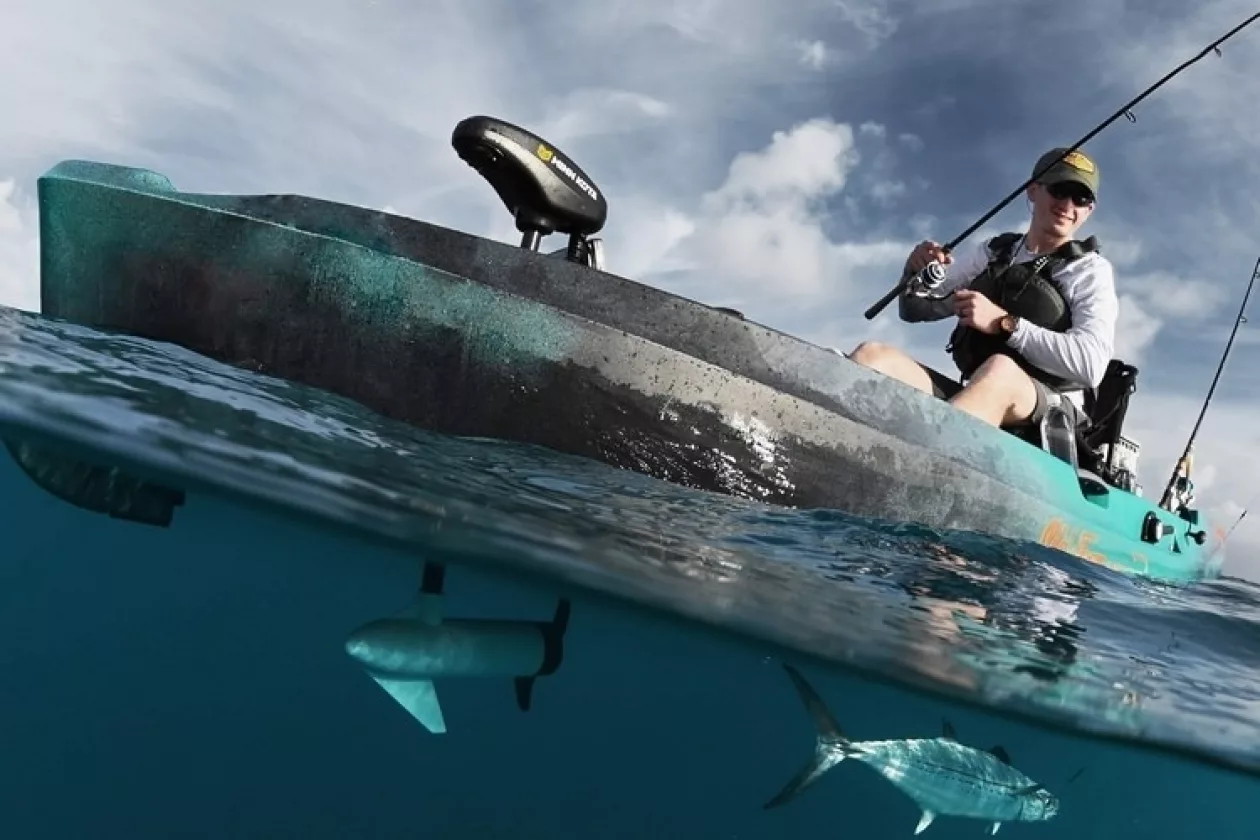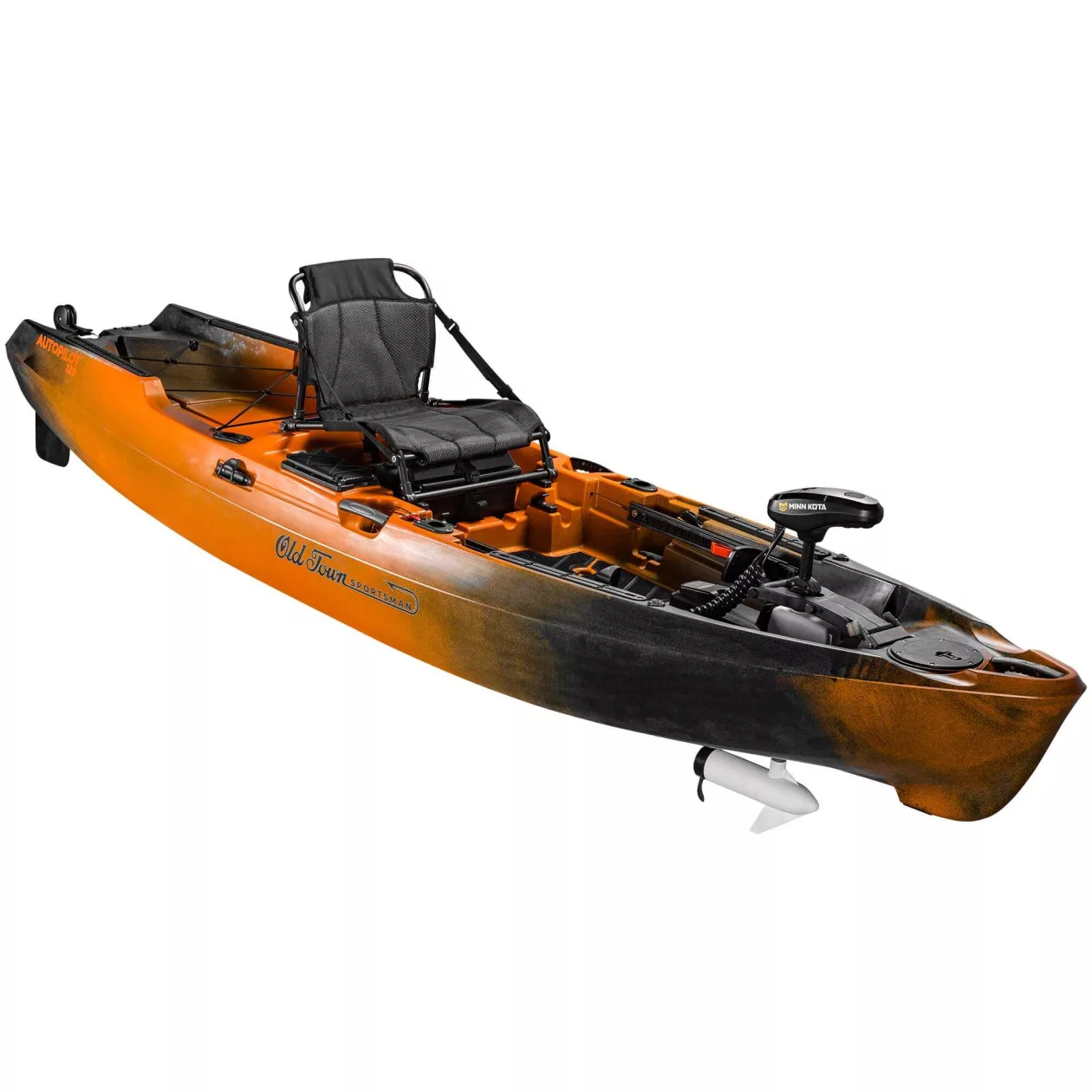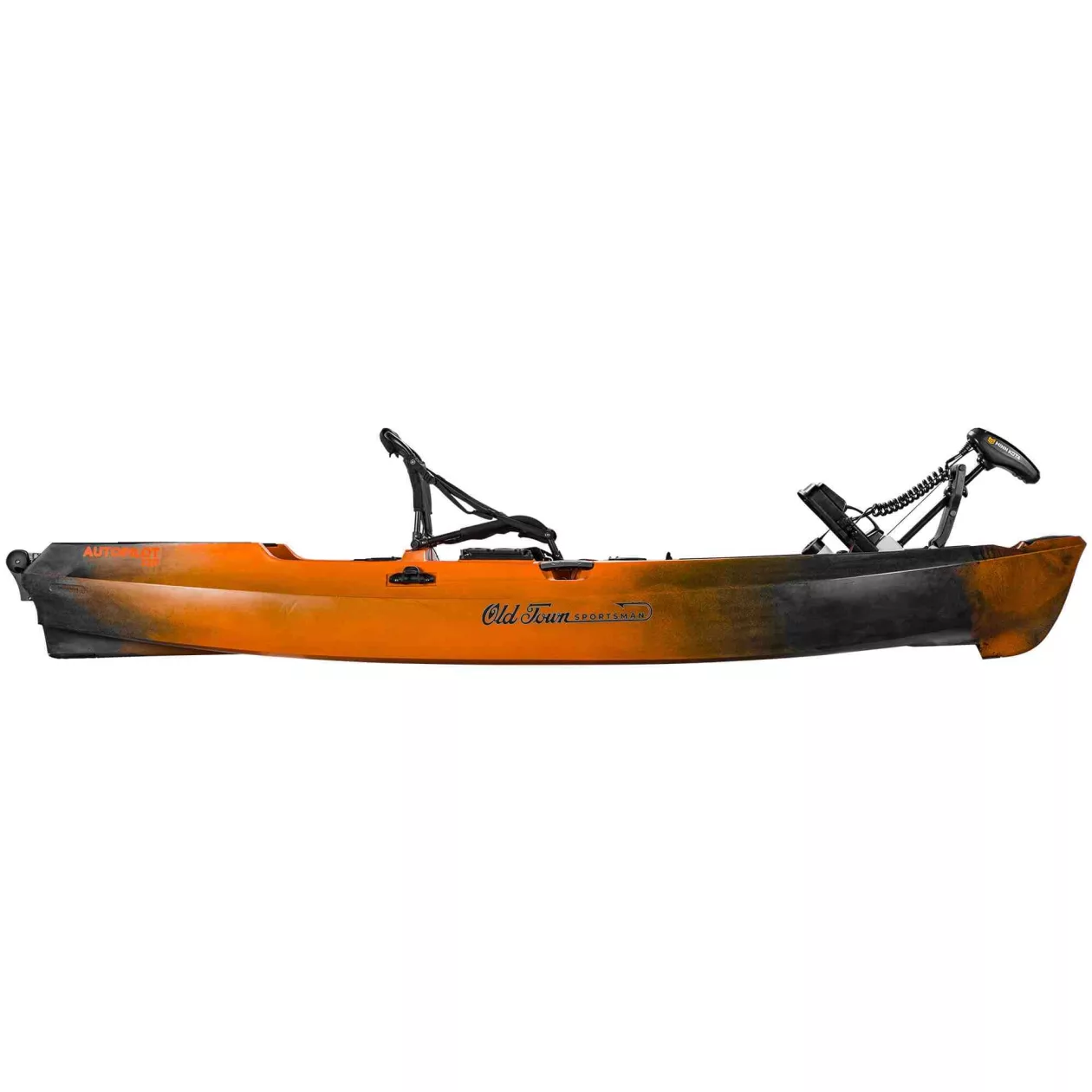In a category packed with pedal drives, rigging hacks, and tech-heavy upgrades, the Old Town Sportsman AutoPilot 120 goes all-in on one promise: less paddling, more fishing. With its integrated Minn Kota motor and GPS-powered Spot-Lock, it holds position automatically—freeing your hands and your focus. It’s not chasing speed or minimalism. Instead, it anchors you—literally and figuratively—in the middle of the action. But with that capability comes weight, wiring, and setup considerations that not every angler will want to deal with. Ahead, we’ll look at what the AutoPilot 120 is trying to solve, how it actually performs on the water, what the deck offers once you're fishing, and where the trade-offs start to show.
| Feature | Detail |
Length
| 12 ft
|
Width
| 37 in
|
Hull Weight
| 122 lb
|
Fully Rigged Weight
| 152 lb
|
Load Capacity
| 400–406 lb
|
Motor
| Minn Kota 12V, 45 lb thrust
|
Top Speed
| ~4.0–4.3 mph
|
Battery Compatibility
| 12V, 100–200Ah
|
Steering System
| Foot-controlled rudder
|
Seat Type
| Adjustable mesh frame seat
|
Retail Price
| $4,499.99
|
Why the AutoPilot 120 Exists
The Old Town Sportsman AutoPilot 120 was built to solve a specific problem: staying in place without dropping an anchor. Its GPS-enabled Minn Kota motor lets you lock onto a spot with the push of a button, adjusting silently to hold position while you fish. It’s a tool for anglers who value control over range or speed.
Everything else serves that core function. The hull is wide and stable, not fast. The motor replaces pedals, not complements them. Transport is harder, and setup takes more thought. But if you fish in current, wind, or open water—and want to stay focused on the cast—it delivers on its purpose.
On the Water: What It Gets Right
The Old Town Sportsman AutoPilot 120 moves with control, not urgency. It tracks well, holds a line, and responds predictably to steering input. Stability is a clear strength, both seated and standing. The hull doesn’t fight you—it supports what you’re trying to do.
Spot-Lock performs as advertised. In wind or light current, it holds position without drift or fuss. The motor isn’t fast, but it’s smooth and quiet. At around four miles per hour, it covers ground comfortably without pushing the hull beyond what it’s meant to do.
Deck, Storage, and How It Feels to Fish From
The deck layout is open, flat, and made for movement. There’s room to stand, pivot, and cast without stepping around clutter. The EVA foam decking adds grip without feeling soft. Gear tracks are positioned well and don’t get in the way.
The seat sits high with solid back support. It’s firm but doesn’t wear on you over time. There’s easy access to storage both in front and behind. Nothing feels overbuilt, but everything you need is there—and most of it works without adjustments.
The Tradeoff: Weight, Transport, and Battery Setup
The Old Town Sportsman AutoPilot 120 is heavy before you even add a battery. Fully rigged, it pushes past 150 pounds. It’s manageable with a trailer or cart, but not something you’ll want to lift solo. Car-topping is possible, but only with effort and planning.Battery setup takes intention. You’ll need space, wiring, and a power source that fits the hull well. Most use 100 to 200 amp-hour lithium batteries. It adds weight, but also extends range. Once dialed in, the system works—but getting there takes time.
Is It Worth It—And Who It’s For
At $4,499 before the battery, the AutoPilot 120 sits in premium territory. You’re paying for the motor, the tech, and the time it saves on the water. If that trade feels worth it, the value holds. If not, it’s a lot of weight and wiring for a kayak.It’s best for anglers who fish bigger water and want to stay put without anchoring. If you’re chasing efficiency, or fishing in current and wind, it makes sense. But if transport ease or simplicity matter more, it’s probably not the right fit.
Takeaway
The Old Town Sportsman AutoPilot 120 isn’t trying to be versatile—it’s trying to be useful. And for anglers who want to hold position, stay hands-free, and focus entirely on the water in front of them, it succeeds. It’s not light, it’s not cheap, and it’s not for everyone. But when the conditions match its strengths, there’s very little it doesn’t deliver.










